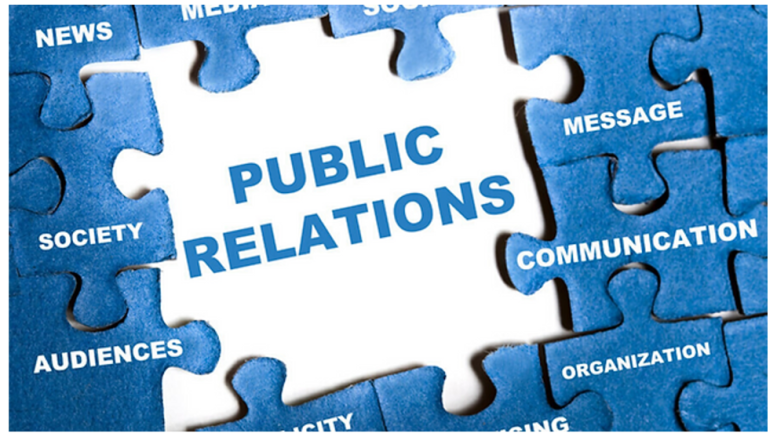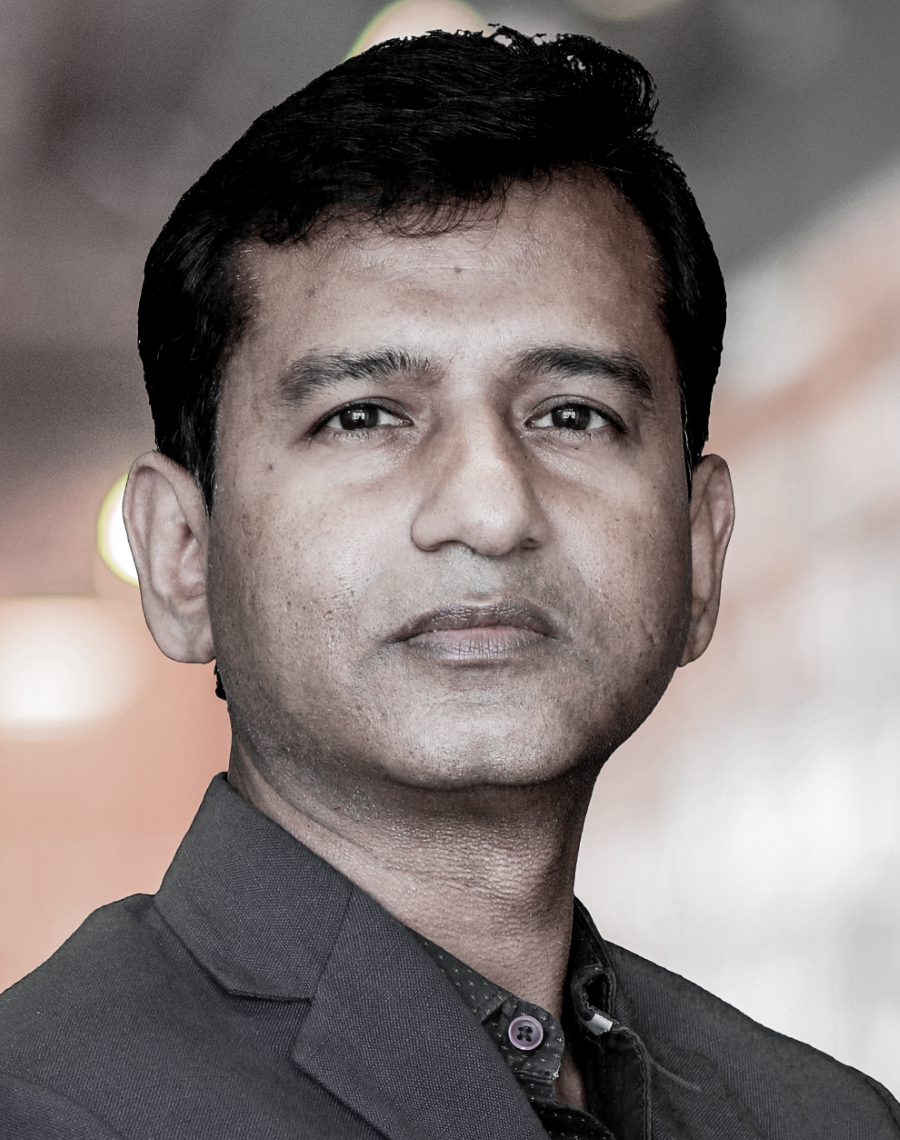In the high-pressure world of Public Relations (PR), effective collaboration within a team is not just a nice-to-have but a critical driver of success. The dynamic interplay between team members can significantly influence the outcomes of a PR initiative, nurturing both media and client relationships in the process. By leveraging the principles of neuroscience, PR teams can enhance their collaborative efforts, leading to better strategic outcomes and stronger, more resilient relationships.
I am sharing my observations from my experience in 3 key ways effective collaboration within a PR team can lead to better outcomes:
- Leveraging the Power of Collective Intelligence
Collective intelligence refers to the enhanced capacity of a group to solve problems, make decisions, and innovate more effectively than any single individual could. Neuroscience tells us that when a group collaborates effectively, the collective intelligence of the team can lead to better decision-making and problem-solving. This is particularly relevant in PR, where creative solutions and rapid responses to media crises are essential.
A well-collaborated PR team can pool diverse perspectives, experiences, and expertise to generate more innovative ideas and solutions. For instance, during a PR crisis, different team members can bring in their unique insights, allowing the team to craft a response that is both comprehensive and nuanced. This diversity in thought is crucial for handling complex PR challenges and can ultimately lead to more successful outcomes.
- Enhancing Communication and Synchrony
Effective communication is the cornerstone of any successful collaboration. In the context of a PR team, clear and synchronised communication is vital for ensuring that everyone is on the same page, particularly when coordinating with clients and the media. From a neuroscientific perspective, communication within a team involves more than just exchanging information—it also requires establishing a shared mental model or a common understanding of the situation at hand.
One technical nuance here is the concept of neural synchrony, which refers to the alignment of brainwave patterns between individuals engaged in effective communication. Studies have shown that when team members communicate well, their brain activities tend to synchronise, leading to better understanding and more efficient collaboration. In PR, this can manifest in the form of seamless coordination during press releases, media engagements, or crisis management, where the team’s ability to stay in sync can make or break the success of an initiative.
- Building Trust and Psychological Safety
Trust and psychological safety are essential elements for fostering an environment where team members feel comfortable sharing ideas and taking risks. Neuroscience highlights that when individuals feel safe within a group, their brains release oxytocin, a hormone associated with bonding and trust. This creates a positive feedback loop where trust leads to more open communication, which in turn fosters better collaboration.
For a PR team, building this trust is critical for nurturing media and client relationships. When team members trust each other, they are more likely to share valuable insights, offer constructive feedback, and support one another in high-stress situations. This collaborative spirit not only improves the quality of the PR initiatives but also translates into more authentic and trustworthy interactions with clients and media professionals. Clients who perceive a PR team as unified and cohesive are more likely to trust their judgment and recommendations, while media professionals are more likely to engage positively with a team that presents a consistent and well-coordinated front.
To conclude this piece, I’d say, effective collaboration within a PR team is a powerful driver of success, influencing the outcome of PR initiatives and the strength of media and client relationships. By leveraging collective intelligence, enhancing communication through neural synchrony, and building trust and psychological safety, PR teams can create an environment where innovation thrives, and relationships flourish. These principles, grounded in neuroscience, provide a robust framework for PR teams aiming to elevate their performance and achieve better outcomes in their initiatives. As the PR landscape continues to evolve, the ability to collaborate effectively will remain a key differentiator for teams seeking to deliver exceptional results.
The views and opinions published here belong to the author and do not necessarily reflect the views and opinions of the publisher.



Be the first to comment on "The Neuroscience of Effective Collaboration for Enhancing PR Relationships"